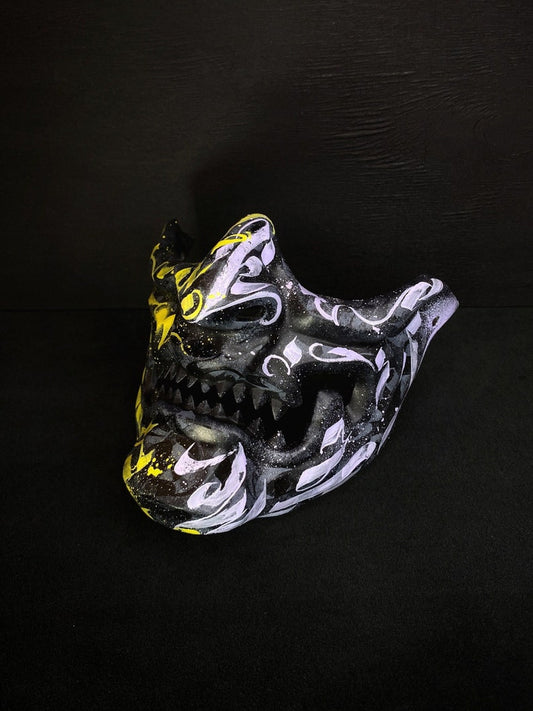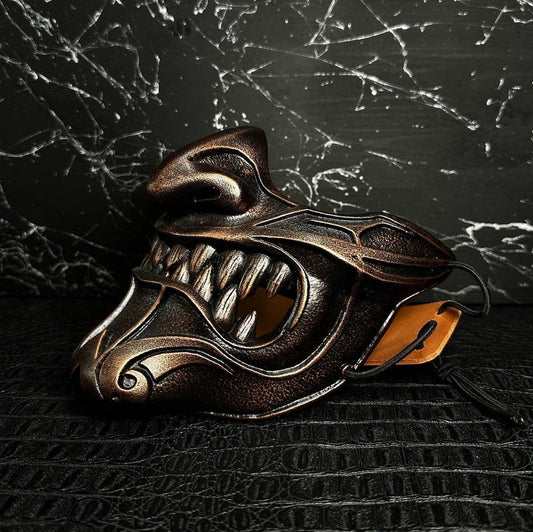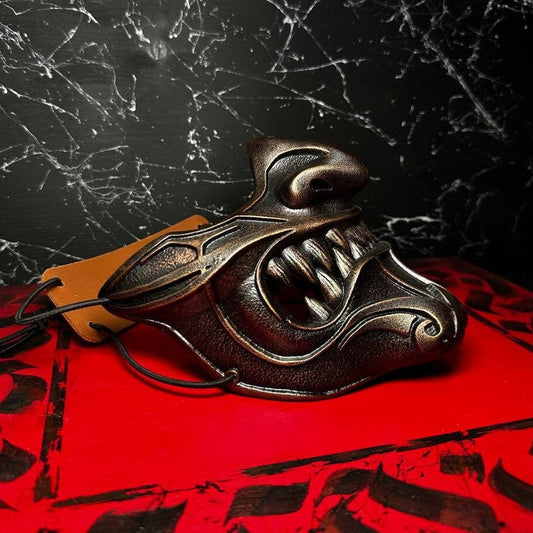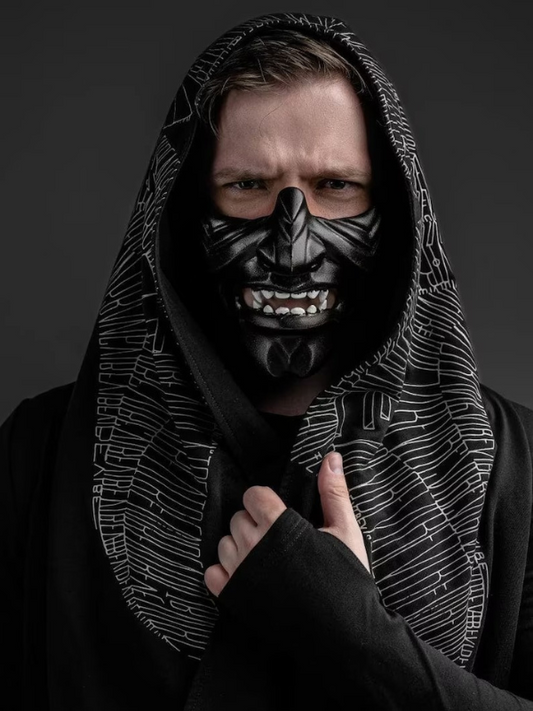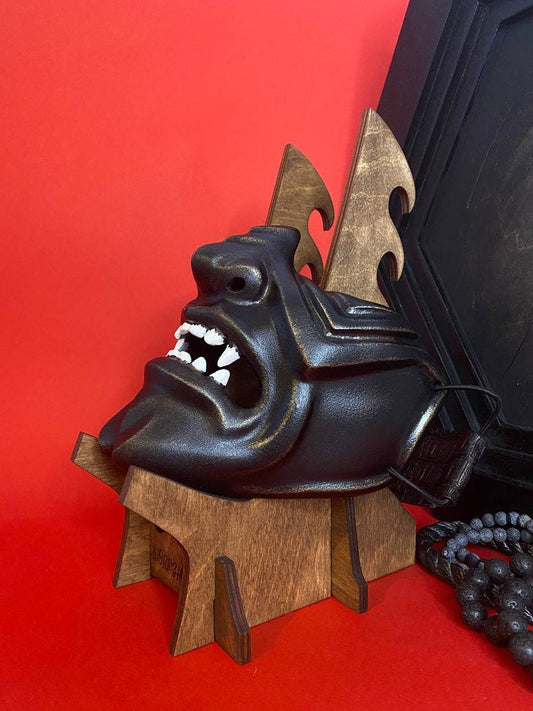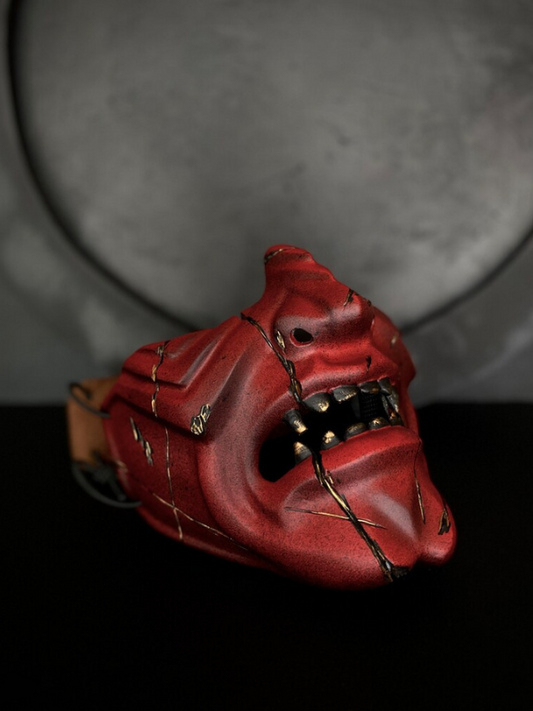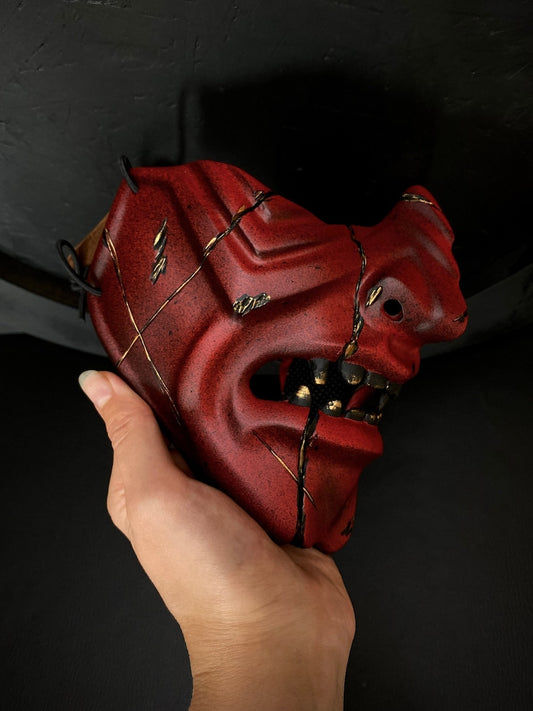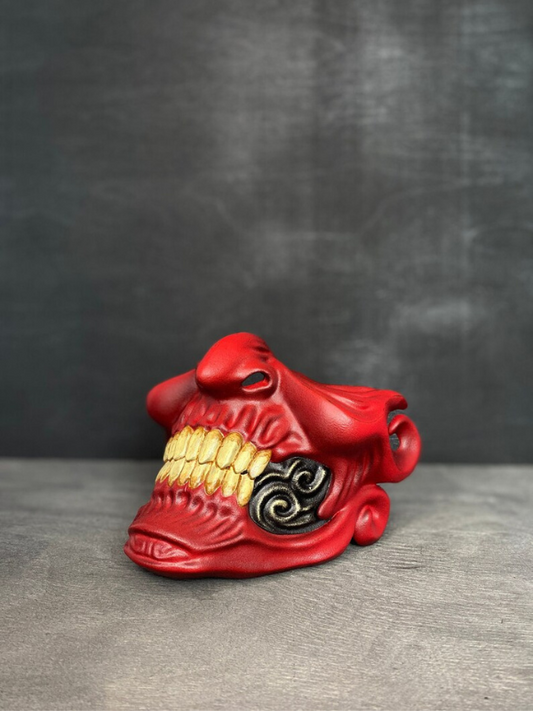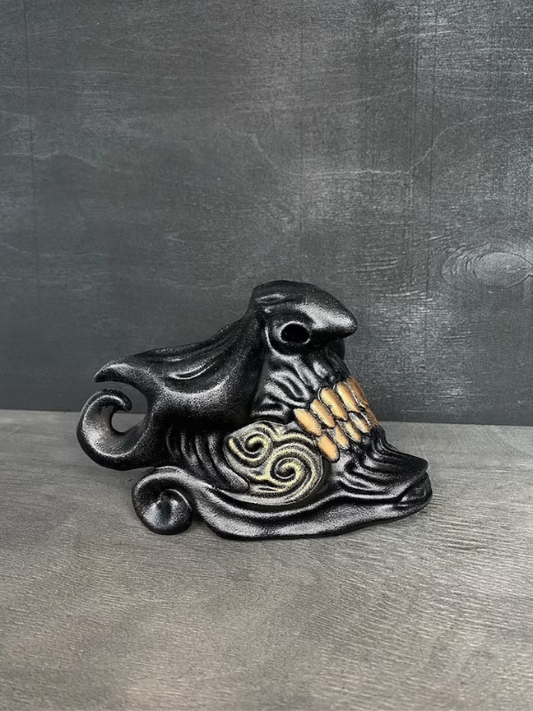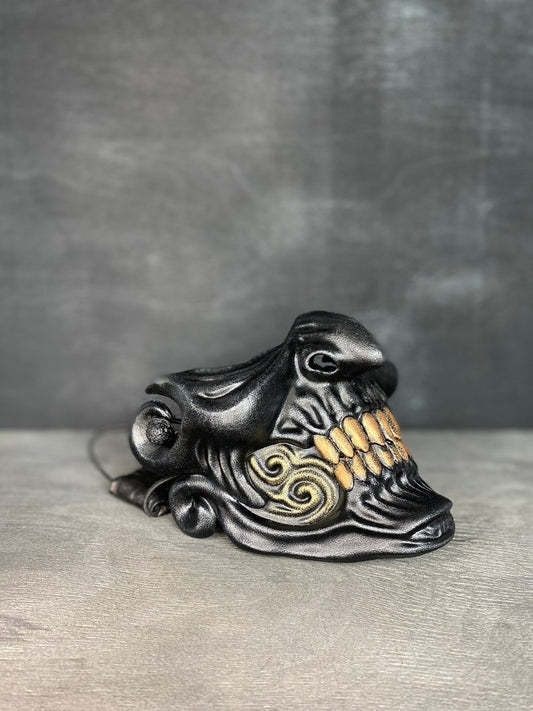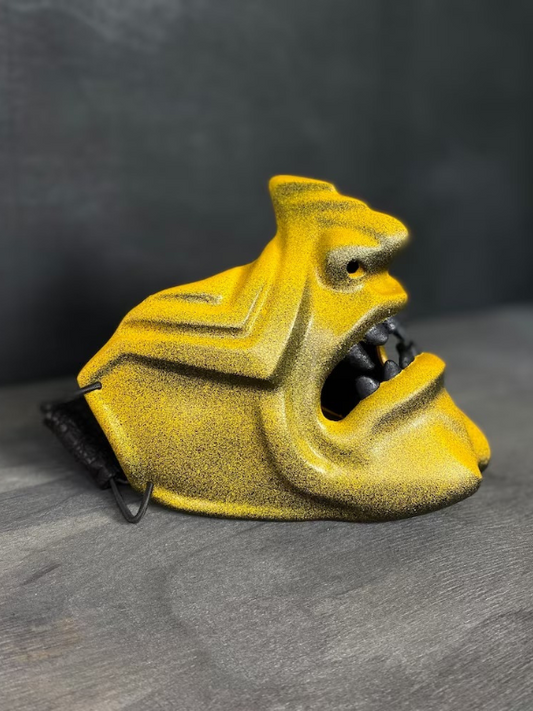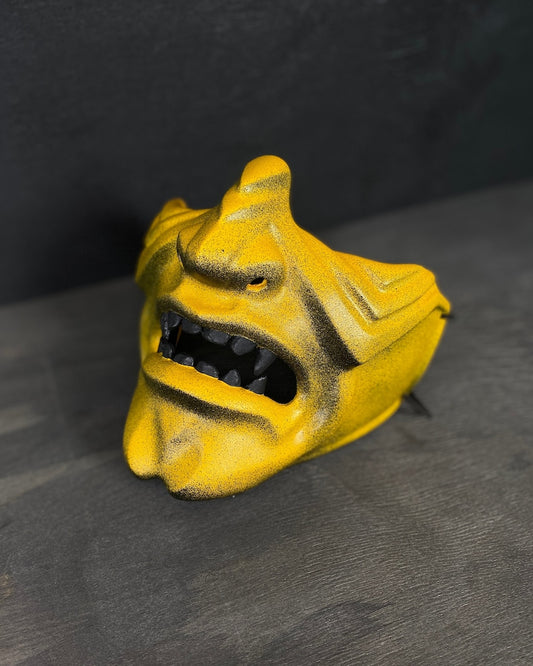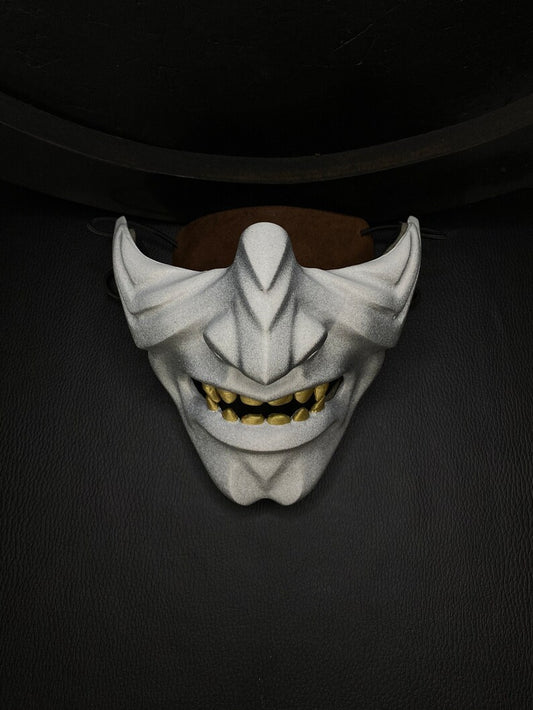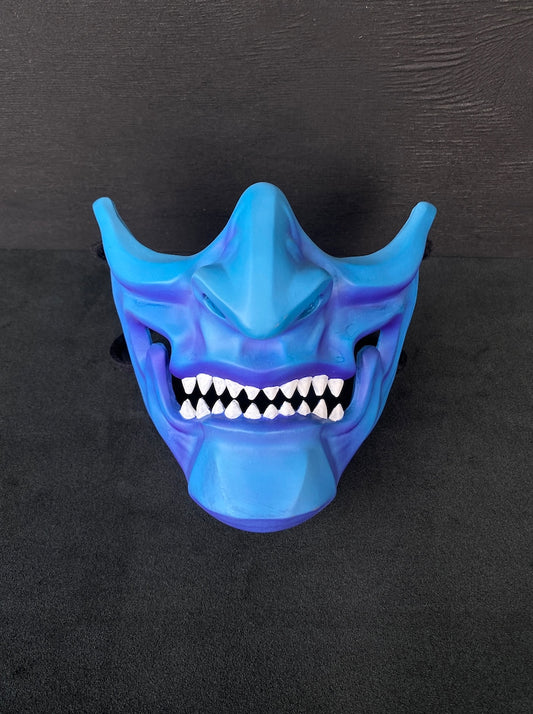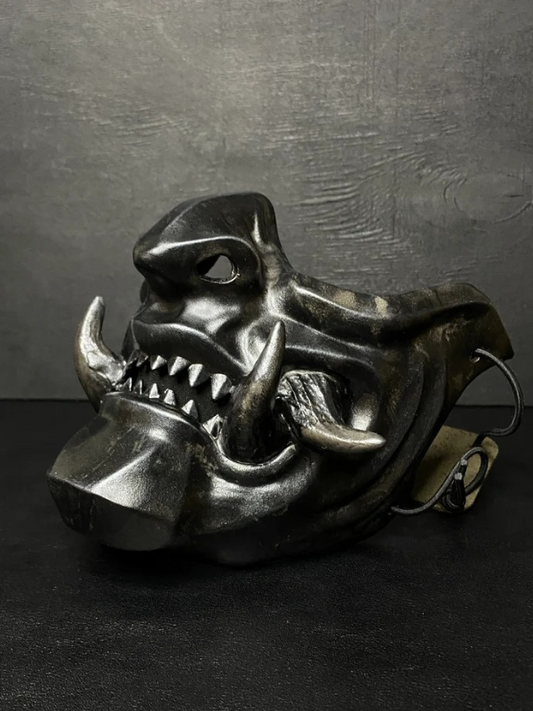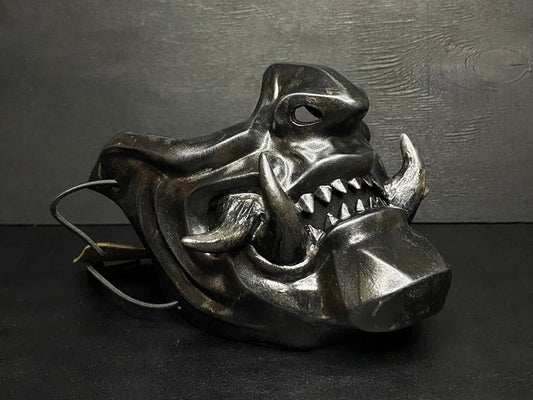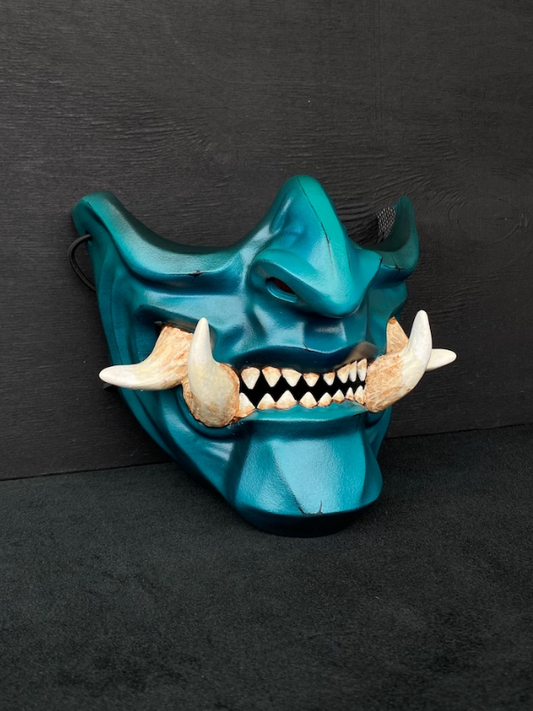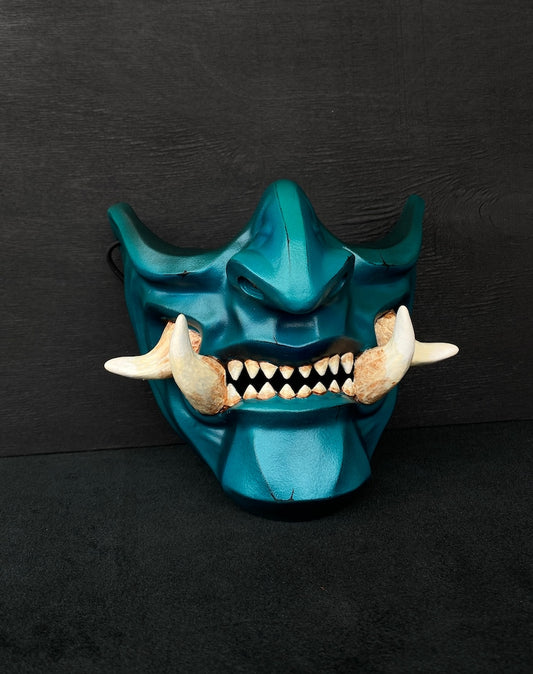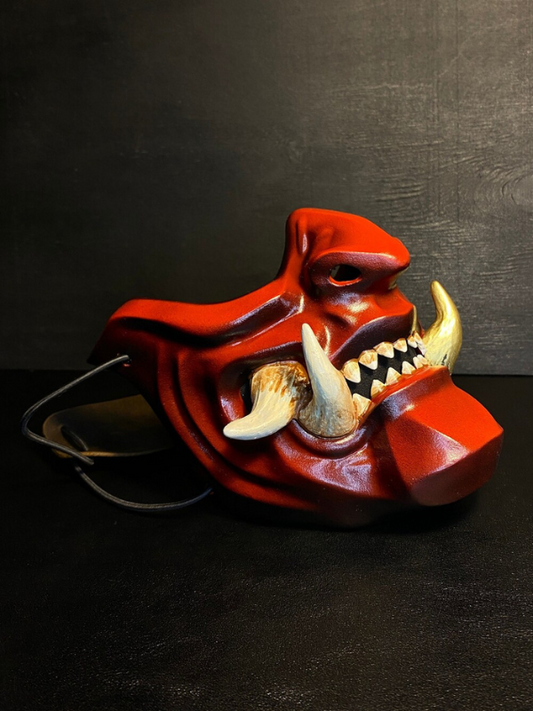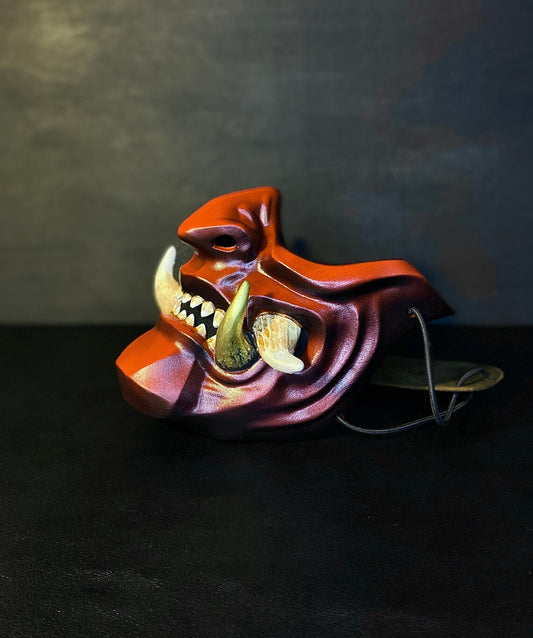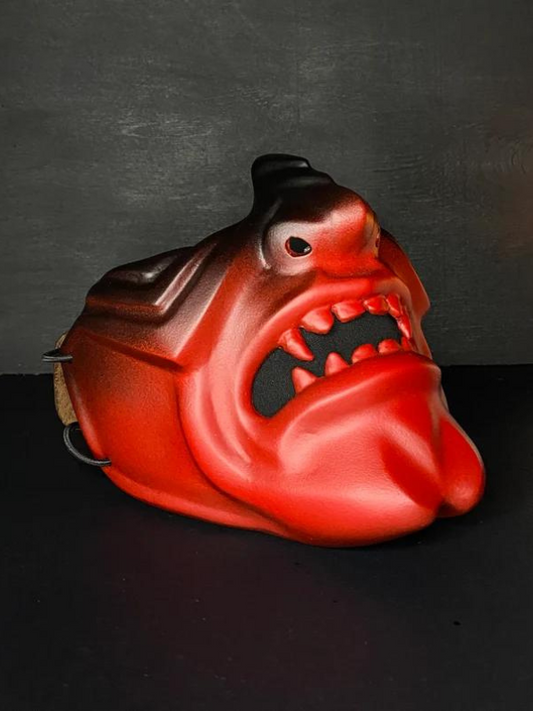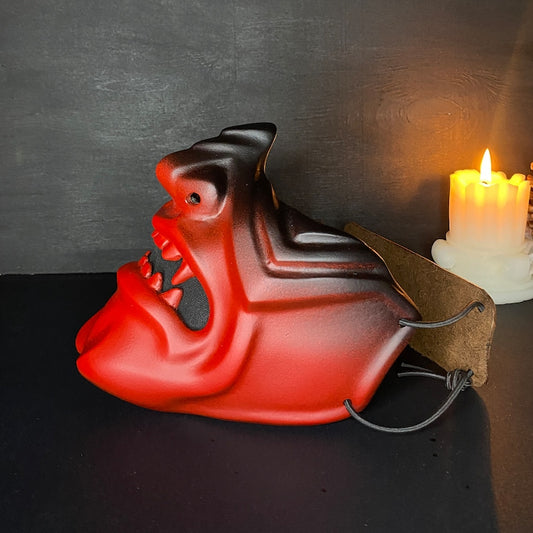Samurai Masks: The Embodiment of Protection and Honor
Samurai masks, also known as Menpo or Mempo, these intricately designed masks serve not only as protective gear but also as a status symbol and a display of the samurai's personality and craftsmanship. They embody the samurai's bravery, honor, and commitment to their duty.
These masks served both functional and aesthetic purposes, protecting the samurai during battle while also reflecting their status and individuality. In this article, we will explore the history, design, and cultural significance of samurai masks, as well as their enduring impact on Japanese art, armor, and popular culture.
Origins and History of Samurai Masks
The samurai emerged as a powerful and influential class in Japan during the Heian period (794-1185 AD), with their role and status evolving over time to encompass military, political, and cultural responsibilities. As the samurai's influence grew, so too did the importance and sophistication of their armor, which was designed to protect and distinguish the warriors on the battlefield.
Samurai masks first appeared in the 10th century as a functional component of the samurai's armor, known as Yoroi. The masks were initially made from leather or iron, with their design and materials evolving over time to incorporate more intricate and ornate elements, reflecting the samurai's status and artistic tastes.
In essence, samurai masks represent more than just a piece of armor. They are a manifestation of the samurai's spirit, their social status, and their artistic sensibility. Whether displayed as a piece of art or used in theatrical performances, samurai masks continue to captivate with their unique designs and the depth of meaning they carry.
Design and Symbolism of the Samurai Mask
Samurai masks are characterized by their intricate and often intimidating design, which served both functional and aesthetic purposes. The masks typically feature a fierce expression, with elements such as furrowed brows, snarling mouths, or protruding noses, which conveyed the samurai's strength and ferocity.
Meticulously crafted, often from iron or leather and then lacquered to resist rust and damage, samurai masks were engineered to provide maximum protection while allowing for breathability and comfort. The mask typically covers the face from the nose to the chin, although full face masks, or Somen, were also used.
The masks were often decorated with elaborate patterns, such as family crests, symbols of power, or motifs from nature, which reflected the samurai's personal beliefs, allegiances, and aesthetic preferences. The masks were also designed to provide protection and comfort, with features such as adjustable straps, padded interiors, and ventilation holes to accommodate the rigors of battle.
In terms of status, the more elaborate and detailed the mask, the higher the wearer's rank, signifying wealth and power. They were often customized to match the rest of the armor, with intricate designs, patterns, and symbols related to the samurai's family crest or personal beliefs.
In addition to their aesthetic and functional aspects, samurai masks also held symbolic significance, with different designs and colors representing various qualities or attributes. For example, red masks were believed to imbue the wearer with increased strength and courage, while black or blue masks symbolized wisdom or loyalty.
Roles and Significance in Japanese Culture
- Armor and Warfare: Samurai masks were a critical component of the samurai's armor, providing protection and intimidation on the battlefield. The masks were designed to strike fear into the hearts of the samurai's enemies, while also showcasing the warrior's status, prowess, and individuality.
- Art and Craftsmanship: The intricate design and craftsmanship of samurai masks have made them a popular subject in Japanese art and a testament to the skill and creativity of Japanese artisans. The masks have been featured in paintings, woodblock prints, and sculptures, with artists capturing the masks' beauty, symbolism, and cultural significance.
- Rituals and Ceremonies: Samurai masks were sometimes used in religious or ritualistic ceremonies, with the samurai donning the masks to invoke the protection of the gods or to demonstrate their allegiance to a particular deity or belief system.
- Popular Culture: The iconic imagery and symbolism of samurai masks have continued to captivate modern audiences, with the masks appearing in manga, anime, film, and video games. The masks have also become a popular accessory in fashion and cosplay, allowing enthusiasts to express their creativity and pay homage to the samurai's legendary status.
Samurai masks are an enduring symbol of Japan's warrior class, embodying the strength, honor, and artistic heritage of the samurai. Through their presence in warfare, art, and popular culture, samurai masks continue to inspire and captivate audiences around the world, serving as a testament to the
Today, samurai masks are popular as decorative items, cherished for their historical significance and artistic value. They serve as a testament to the samurai's artistry, courage, and adherence to duty, making them a fascinating piece of Japan's cultural heritage.


